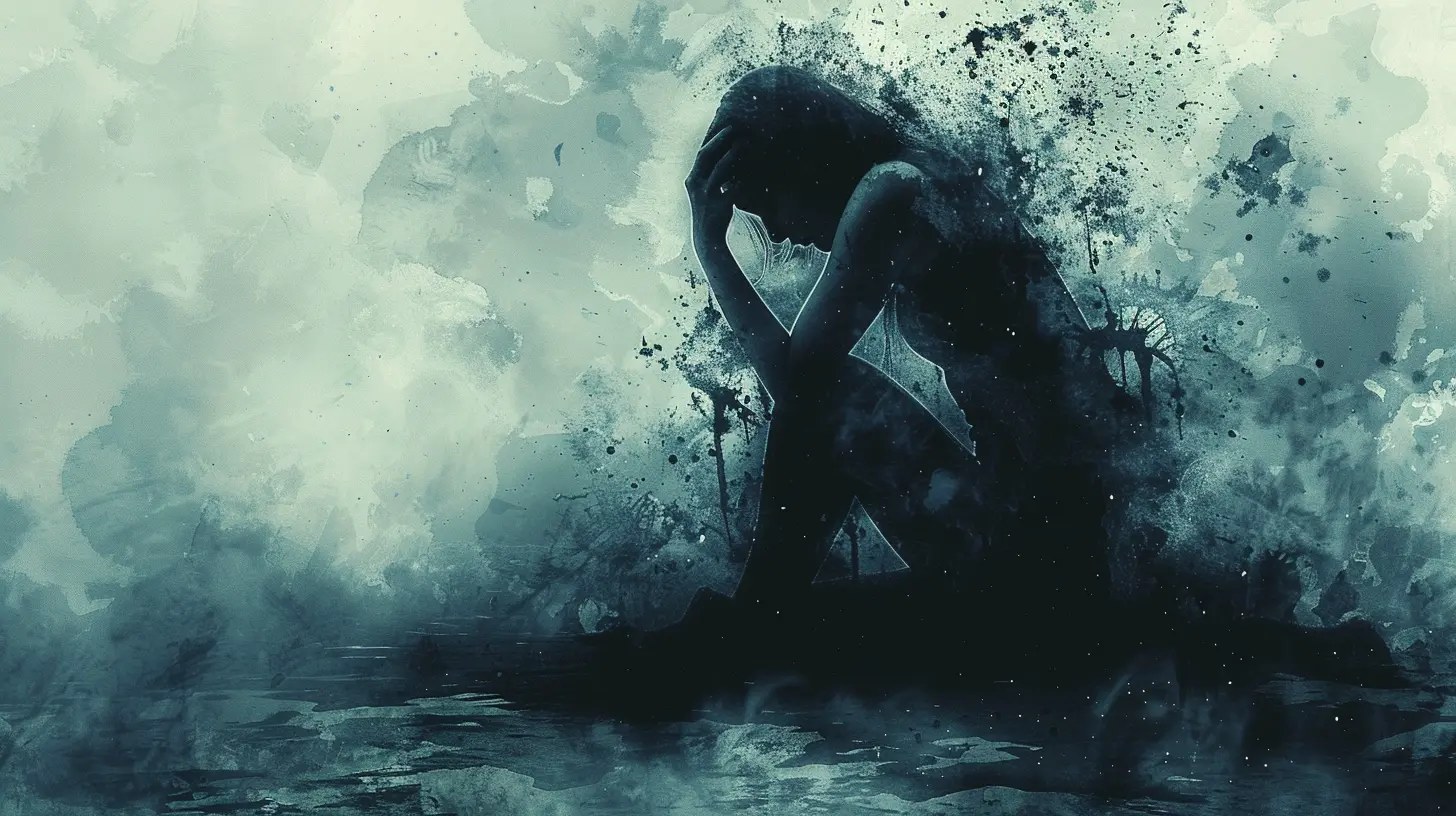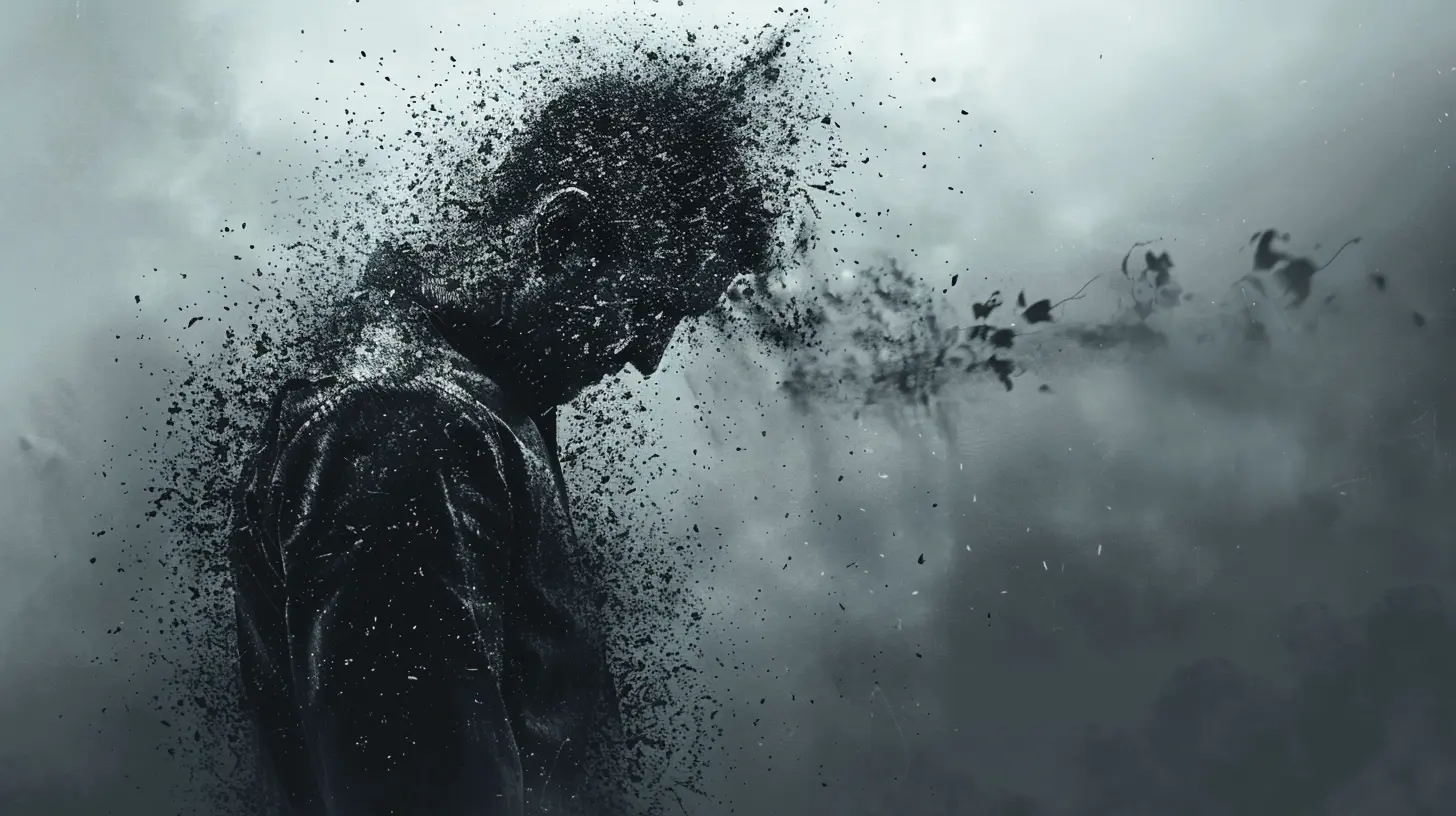The Role of Trauma in the Development of Personality Disorders
31 August 2025
What if the ghosts of yesterday whispered into today? What if the cracks in our personalities weren't just quirks, but echoes of battles fought long ago—some even before we had the words to understand them? Trauma doesn’t ask permission. It barges in, uninvited, and more often than not, it leaves a mark. This mark, for many, isn’t just emotional baggage—it becomes the blueprint for how their personality unfolds.
In this post, let’s walk hand-in-hand through the shadows and shine a soft, understanding light on how trauma shapes personality disorders. We’ll talk pain, defense mechanisms, brain wiring, and survival strategies dressed up as behaviors. Let’s get into it—with raw honesty and a ton of compassion.
What Is Trauma Really?
Before we can link trauma to personality disorders, we need to get clear on what trauma actually is.Most people think trauma is just about big, catastrophic events—like war, abuse, or a natural disaster. But that’s just one shade of it. Trauma also comes in quieter forms—neglect, shame, emotional abandonment, chronic stress. These can be just as damaging, especially when they happen in childhood, a time when our little brains are still learning what the world is and who we are.
Let’s put it this way: trauma isn’t just about what happens to you—it’s about what happens inside of you as a result.
The Building Blocks of Personality
So, what is personality, anyway?Personality is like the operating system of your psyche—it’s how you filter the world, react to situations, and relate to others. It’s made up of patterns: how you think, feel, and behave over time. Ideally, personality evolves to help you thrive. But if trauma gets in early, it can distort that development.
Imagine trying to build a house on a shaky foundation. No matter how sturdy the walls are, the whole structure feels unstable. That’s what trauma does—it shakes the foundation of who we’re becoming.
Personality Disorders: When Coping Becomes a Cage
A personality disorder isn’t just someone being difficult or dramatic. It’s when the patterns of thought and behavior become so rigid and distorted that they cause significant distress—to the person themselves and often to the people around them.There are ten recognized personality disorders, grouped into three clusters:
- Cluster A (Odd, Eccentric): Paranoid, Schizoid, Schizotypal
- Cluster B (Dramatic, Emotional): Borderline, Narcissistic, Histrionic, Antisocial
- Cluster C (Anxious, Fearful): Avoidant, Dependent, Obsessive-Compulsive
Each of them represents a different way the mind might try to protect itself—but end up trapping itself instead.
Trauma as the Silent Architect
Let’s strip this down.When a child grows up in a chaotic or unsafe environment, their mind does whatever it takes to survive. Some kids dissociate. Some become hyper-alert. Some build grand identities to escape the smallness of worthlessness. These aren’t illnesses at first. They’re shields. Armor. Even lifelines.
But here's the kicker: what protects you in childhood can betray you in adulthood.
A child who learned never to trust anyone might grow into an adult with paranoid tendencies. Another who bore the brunt of emotional neglect might develop deep, desperate needs for validation—hello, borderline or narcissistic traits.
Trauma, in this way, becomes the potter’s hand—shaping the clay of the personality before it’s even fully hardened.
Types of Trauma That Mold Personality
Trauma isn’t one-size-fits-all. Different wounds create different adaptations:1. Chronic Neglect
When emotional needs are ignored, the child doesn’t learn how to regulate feelings. This often leads to Borderline Personality Disorder, where emotions feel like tidal waves, and relationships are a stormy sea.2. Abuse (Physical, Emotional, Sexual)
Harsh, painful environments can breed deep mistrust of others—leading to Paranoid or Antisocial Personality Disorders. The world isn’t seen as safe, so they strike first, or not at all.3. Inconsistent Parenting / Abandonment
When the caregivers fluctuate between love and rejection, the child may grow up internalizing chaos. Cue unstable identities, fear of abandonment, and intensity in relationships—hallmarks of Borderline traits.4. Over-Control or Enmeshment
Surprisingly, even too much involvement can be traumatic. Children who feel smothered can become overly dependent or terrified of independence—common in Dependent Personality Disorder.5. Witnessing Violence or Conflict
Children exposed to chaos may develop rigid control mechanisms. The world feels unpredictable, so they create strict routines—an extreme version of this can lead to Obsessive-Compulsive Personality Disorder.The Brain on Trauma
Let’s talk neuroscience for a sec (don’t worry, I’ll keep it simple).When trauma hits, the brain’s limbic system (especially the amygdala) goes into overdrive. Meanwhile, the prefrontal cortex—responsible for rational thinking—often takes a back seat. If this becomes chronic, the brain rewires itself for survival.
Instead of growth and curiosity, it's wired for hypervigilance and defense.
Over time, this creates a nervous system always on edge, always expecting the next hit. Can you imagine trying to form healthy relationships, explore your identity, or regulate emotions when your brain’s stuck in survival mode?
That’s how trauma physically rewires us, creating the vulnerability for personality disorders.
It's Not Just Genetics vs. Environment—It's Both
Some people argue that personality disorders are biological. Others say it’s all nurture. The truth? It’s both.You might be born with a sensitive temperament. Add a chaotic home to the mix, and you've got a recipe for emotional dysregulation. Or you might have a genetic predisposition for impulsivity—but it’s trauma that pushes it into full-blown disorder territory.
Think of it like seeds and soil. Genetics plant the seed; your environment waters it—or poisons it.
Common Personality Disorders Linked to Trauma
Let’s look at a few specific examples where trauma plays a starring role.Borderline Personality Disorder (BPD)
Often called the “emotional burn victim,” people with BPD feel everything deeply. This disorder is closely linked to attachment trauma—not feeling securely loved or protected growing up. Abandonment wounds run deep here.Narcissistic Personality Disorder (NPD)
Beneath the confidence and charisma? A fragile self-esteem and a child who may have been deeply shamed or emotionally unseen. Grandiosity becomes a castle made of sand—built to protect, not to impress.Antisocial Personality Disorder (ASPD)
Often emerging from severe childhood abuse or neglect, ASPD is associated with a profound lack of trust in others and a hardened worldview. Survival comes before empathy, always.Avoidant Personality Disorder
Chronic shame, harsh criticism, or bullying can lead to withdrawal and hypersensitivity to rejection. Over time, the person may avoid intimacy altogether to stay “safe.”Healing: Is Change Possible?
Absolutely. But it ain’t easy.Personality disorders are deeply ingrained. They're not just behaviors—they’re identities shaped by trauma. But change is possible with the right support.
Therapies like Dialectical Behavior Therapy (DBT), Cognitive Behavioral Therapy (CBT), and Schema Therapy focus on reprocessing trauma, building emotional regulation, and reshaping the internal world.
But healing isn’t about “fixing” someone.
It’s about unwinding the coping mechanisms that no longer serve them, and helping build the self from a place of love rather than fear.
Compassion Above All
Let’s end with this: people with personality disorders aren’t broken. They’re not manipulative monsters or lost causes. They’re survivors—many of whom never got the care or safety they needed early on.It’s easy to judge when you look at the surface. But look deeper, and you’ll often find a child, scared and wounded, hiding behind those patterns.
Everyone deserves healing. Everyone deserves to be seen beyond their diagnosis. And everyone—yes, everyone—deserves a chance to become more than just their trauma.
Final Thoughts
So, the next time you hear the term “personality disorder,” remember—it’s often the scar tissue left by trauma too deep to be voiced. It’s not an excuse, but it is a reason. Understanding how trauma molds personality can help us replace judgment with empathy—and that’s where real healing begins.Because trauma might shape us, but it doesn’t have to define us.
all images in this post were generated using AI tools
Category:
Psychiatric DisordersAuthor:

Paulina Sanders
Discussion
rate this article
1 comments
Tiffany McLain
Ah, trauma—the ultimate personality gift! Because who needs a balanced mind when you can have a collection of disorders to spice up life?
September 26, 2025 at 4:50 AM

Paulina Sanders
Trauma can profoundly impact personality development, leading to coping mechanisms that may manifest as disorders. It's crucial to approach this topic with empathy and understanding rather than dismissiveness.


